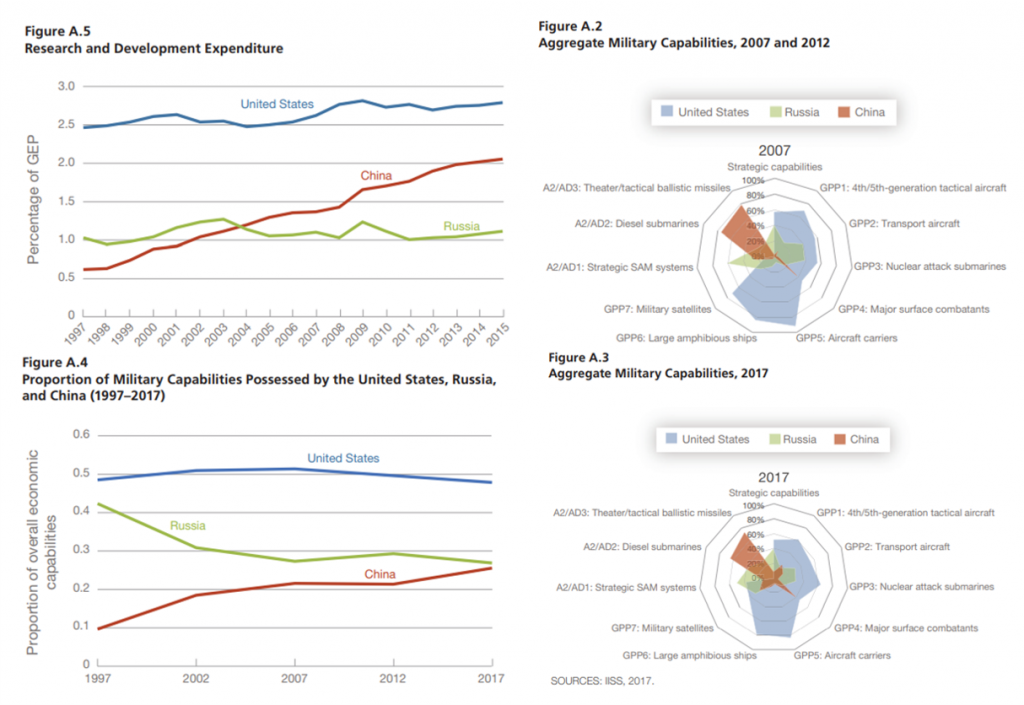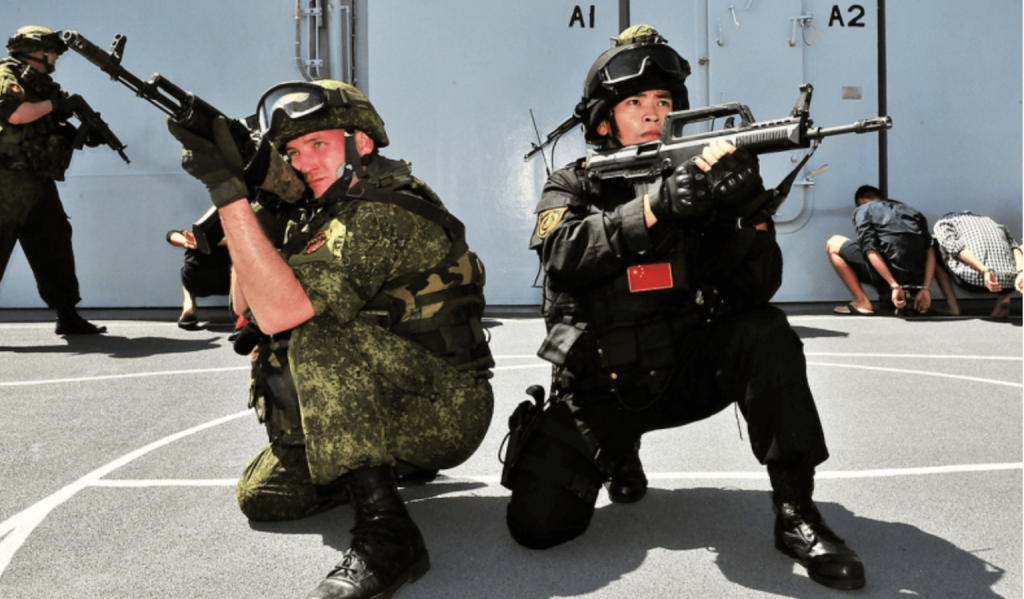New RAND Report Asses China-Russia Cooperation
A recently released RAND report titled “China-Russia Cooperation: Determining Factors, Future Trajectories, Implications for the United States” asses exactly what the title says it assesses. With around 270 pages of content covering everything from history to recent thinking within the states in question, the report aims to answer four main research questions:
- What form could cooperation between China and Russia take?
- What are the main drivers and constraints of different aspects of China and Russia’s relationship?
- Drawing from these drivers and constraints, how could China and Russia’s political, military, and economic relationship develop in the future?
- What is the potential impact of different types of Chinese-Russian cooperation on U.S. national security, and how can negative impacts be mitigated?
RAND marks the mid-1980s as the time when relations began to recover from the Sino-Soviet split and 2014 as the year since which the two states became significantly closer. The report finds it most likely that the relationship will steadily grow going forward although it is possible that a conflict between the two states over central Asia or an improvement in ties between the West and Russia could halt progress. Nevertheless, a truly integrated alliance capable of pooling Sino-Russian resources seamlessly against the United States is also unlikely due to differing policy priorities between the two regimes and a strong desire for retaining independence in foreign affairs.
A central motivating factor for Putin’s and Xi Jinping’s governments in coming closer together is the perception of American actions as a threat and there seems to be little the US government could do to change the trend in Sino-Russian relations while staying true to American policy priorities. Rather, RAND’s authors highlight that the US must take action to prepare for the inevitable challenges which will continue to arise as Russia and China grow closer. Preparations must be made for such scenarios as where the regimes coordinate a joint response to a security crisis in North Korea or increase their military technical cooperation.

One of the report’s biggest achievements was the creation of a relative power index for the years 1997 through 2017 which considers not just military capacity but also the state of economy and technology. While the capabilities gap is expected to become smaller, RAND projects that the US will remain dominant for the foreseeable future.
The full report is available here.

